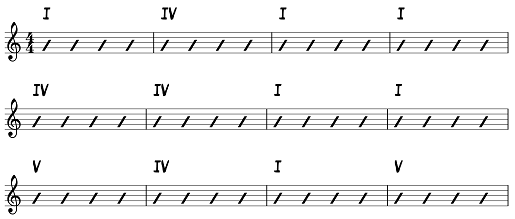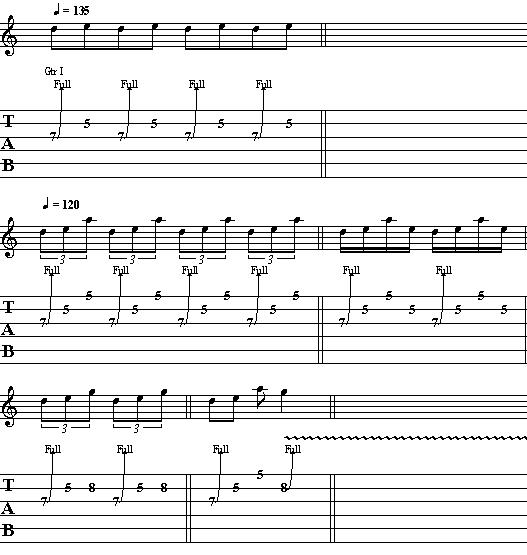Acoustic blues is an awesome guitar style that everyone seems to enjoy
playing these days. The basic thing, the most easiest way to get
started, is to learn the *shuffle pattern*. Shuffle patterns
are VERY common in blues… so although a lot of you folks
might already know this, check it out anyway 🙂

How’s it going, everybody? My name is John McClennan [phonetic]
and I’m here today with Guitar Control. I’m excited to bring you
some acoustic blues lessons.
We’re going to jump into something super basic here, but it’s
very useful to know and also just fun to play. So be sure to
click the link below to get the tab for this. But we’re going
to jump straight into what I call an E blues, and this is going
to be a 12-bar blues and really basic. This is super blues cliche,
but you’ve got to know it.
We’re going to start with the open E string and then the
2nd fret and we’re going to play those two notes together
with keeping my first finger just laying flat so that I
mute those other strings. Just like this. So I’m going to
play that twice and then I’m going to replace this second
fret with the 4th fret with my third finger; and then I’m
going to play that twice. What I’m going to do once I get
that together is I’m just going to rock back and forth,
like this.
And then I’m going to go up one string and do the same
thing, one string higher. So now I’m going to start with
an open A and here we go. Then I’m going to go back to
the E. And then here, you can play the 2nd fret and the
4th fret and you can just play these two notes and then
your pinkie can go on the 6th fret like this and then
to the A. If that’s too hard for you, try just playing
a B-7 chord, which would be 2nd fret, 1st fret, 2nd fret,
open string, 2nd fret. But I’m going to play this just
for consistency’s sake.
Down to A, finally back home to E. And then I’m going
to end with just three simple notes: open A string,
1st fret, 2nd fret, with that rhythm. One-and, two-and,
three-and, four-and; top. Then you start all over.
The last thing that I want to cover is called palm muting.
That’s basically where you use the palm of your hand and
I just rest that back here where the string and the bridge
meet. So I get right on the bridge. If I’m too far forward
nothing’s happening. But as I get back, it starts to pop
out and I want those notes to pop out. To me, this blues
shuffle sounds best if you just palm mute it a little bit.
So that’s the sound that we’re going for. Be sure to click
the link below for the tab and we’ll see you in the next video.
Thank you.






